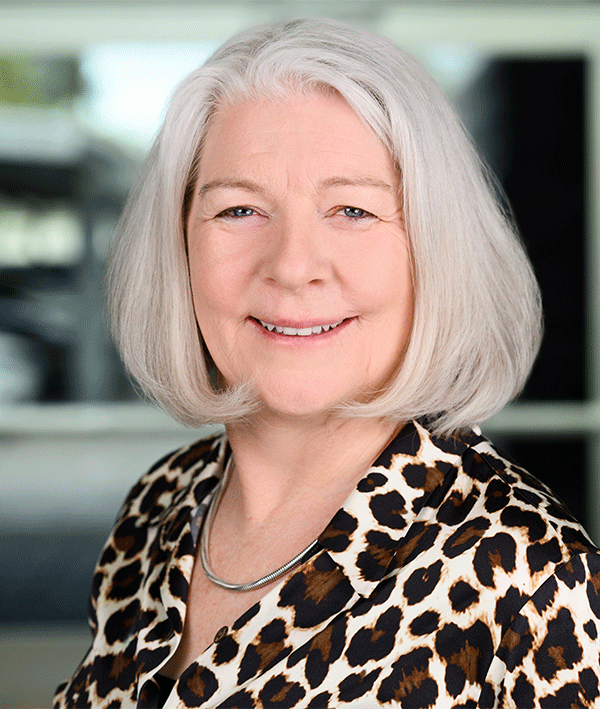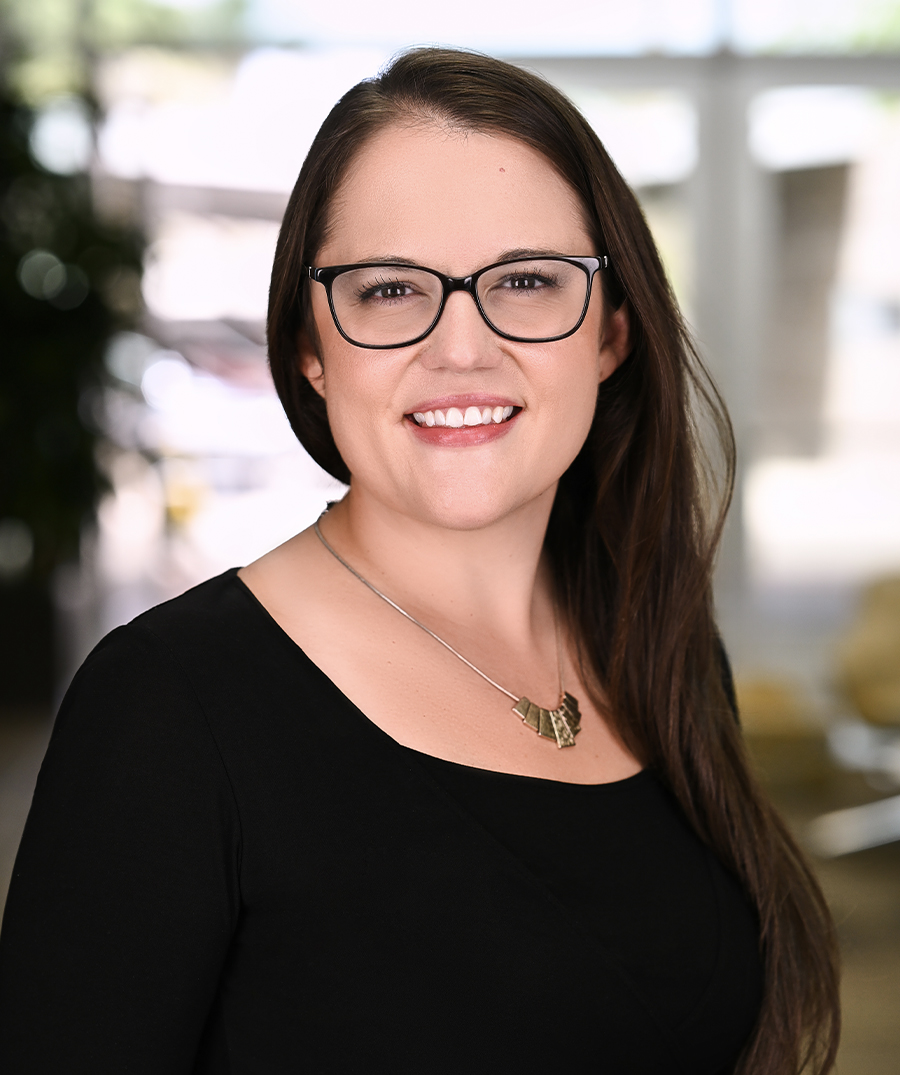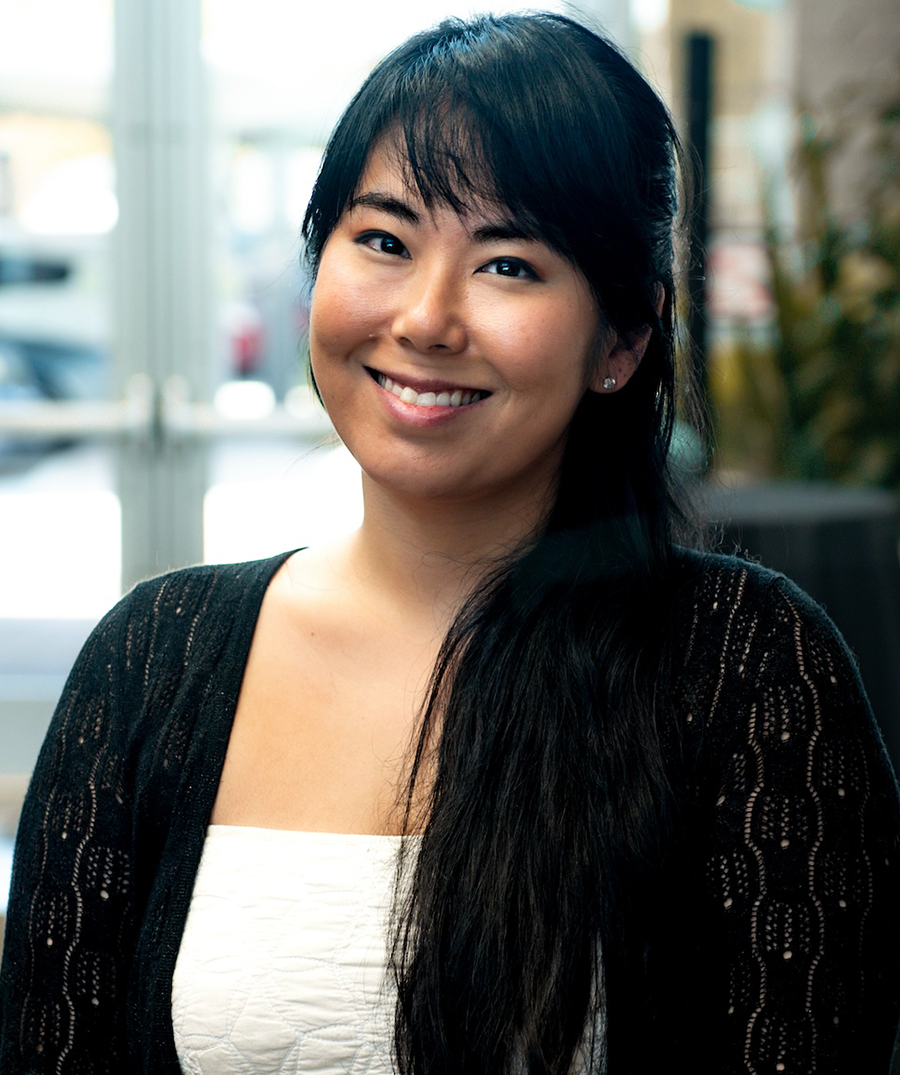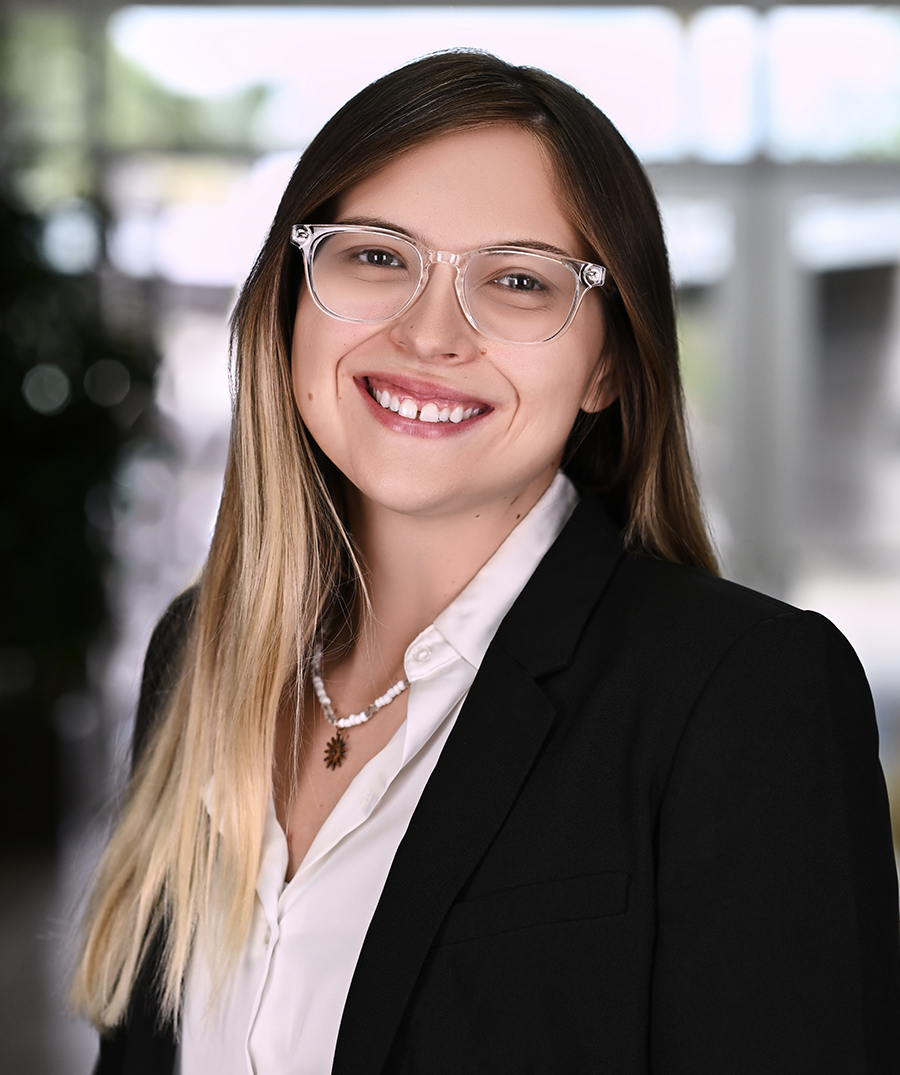BioAccel aims to finance technology companies
A Phoenix-based nonprofit and a London-based technology investor have formed a new company that seeks to provide funding and technical expertise to startup technology companies.
The new company, Henislie Corp., was created by BioAccel, of Phoenix, and Imprimatur Capital, of London. Henislie, based in Beverly Hills, Calif., seeks to raise $50 million to invest in clean energy, information technology, life science and telecommunications companies. It will initially focus on companies in Arizona, Southern California and Texas.



